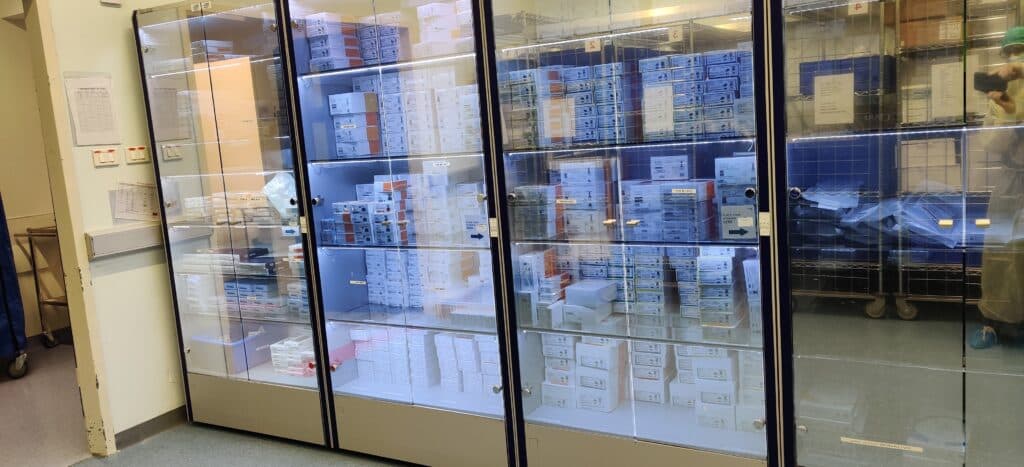What’s inside:
Product recalls in healthcare happen all the time, so you’d think that providers would have fool-proof systems in place to handle them effectively.
The hard truth is that managing product recalls is not a simple task, and the main issue is implant tracking technology.
If your existing system can’t guarantee effective product recalls, it’s time to take action.
How do you feel when a recall notice arrives?
Medical devices and implant recalls often trigger nerves among nurses, who may lack confidence that the systems in place accurately recorded all the relevant details of every consumed item.
Recall management processes that rely on stickers, hand written notes or keyed-in data, are likely to contain bad data, and have info and implant gaps.
But getting recalls right isn’t rocket science, in fact it’s just about good process and effective tools.
So, if you get that feeling of dread deep in your stomach when a recall notice arrives, it’s time to figure out how to fix the issue, protect patients, and safeguard the organization too.
Strong recall management processes in healthcare
Healthcare providers need to have tight processes in place for expiry and recall management. Ensuring patients are safe is the fundamental responsibility for perioperative nurses, and the responsibility doesn’t ends when the patient returns home.
So, how can technology be used to boost recall management?
3 Elements of robust recall management
I think there are three vital elements of recall management that healthcare providers need to get right.
Visibility
Achieving real-time visibility into a health facility’s inventory is a vital element of hospital recall management.
Having accurate data regarding inventory levels, product locations, UDI data, and product lifecycles at your fingertips provides insight, and prevents delays and errors in finding recalled products.
And don’t forget that inventory visibility needs to include both purchased stock and consignment inventory stored on site, if every unsafe product is to be quickly identified and removed.
Providers using automated implant tracking systems, such as RFID Smart Cabinets are able to gain better oversight and control of their inventory. When product monitoring is automatic, nurses can rest assured that every item can be easily identified and located.
Implant Tracking
Many products regularly switch location, so precise, automated tracking is essential. Medical inventory gets borrowed, removed from storage but not used, and then may get returned to a different cabinet, or department, or simply get lost or wasted.
Supply chain automation technology ensures that inventory data keeps pace with the reality of constantly moving supplies, so that all items are easily located when the recall notice hits.
Let’s get real, spreadsheets just don’t cut it.
Point of care
The point of care is a vital data collection point, where products need to be comprehensively and digitally recorded in the patient file – whether they are stock item, a consignment product or trunk stock.
When implant consumption documentation is precise, all patients affected by an implant recall can be rapidly identified and traced.
Systems that routinely log full UDI data, including batch number and manufacturing details, provide added protection to providers, who can swiftly search their databases against the recall criteria to identify the specific group of patients affected.
The truth is that the point of use is a challenging data capture point and many healthcare facilities struggle with data integrity in this challenging setting. Their implant tracking systems have a missing element.

The technology that supports recall management
Healthcare providers are turning to technology to strengthen their data collection and recording capabilities – the basis of robust recall management.
Product recalls demand a proactive and technology-driven approach. By prioritizing stock visibility, implant tracking, and point of use documentation, healthcare organizations can navigate product recalls with confidence, safeguarding patient well-being and upholding regulatory standards.
Find out about our advanced RFID implant tracking system and our breakthrough image recognition and AI technology that effortlessly logs all the UDI and product data of all consumed products, straight into the EHR – whether it’s already listed in the hospital’s item master or is a non-contract item delivered straight into the OR.
Our effective recall management system is the patient safety booster you need.






